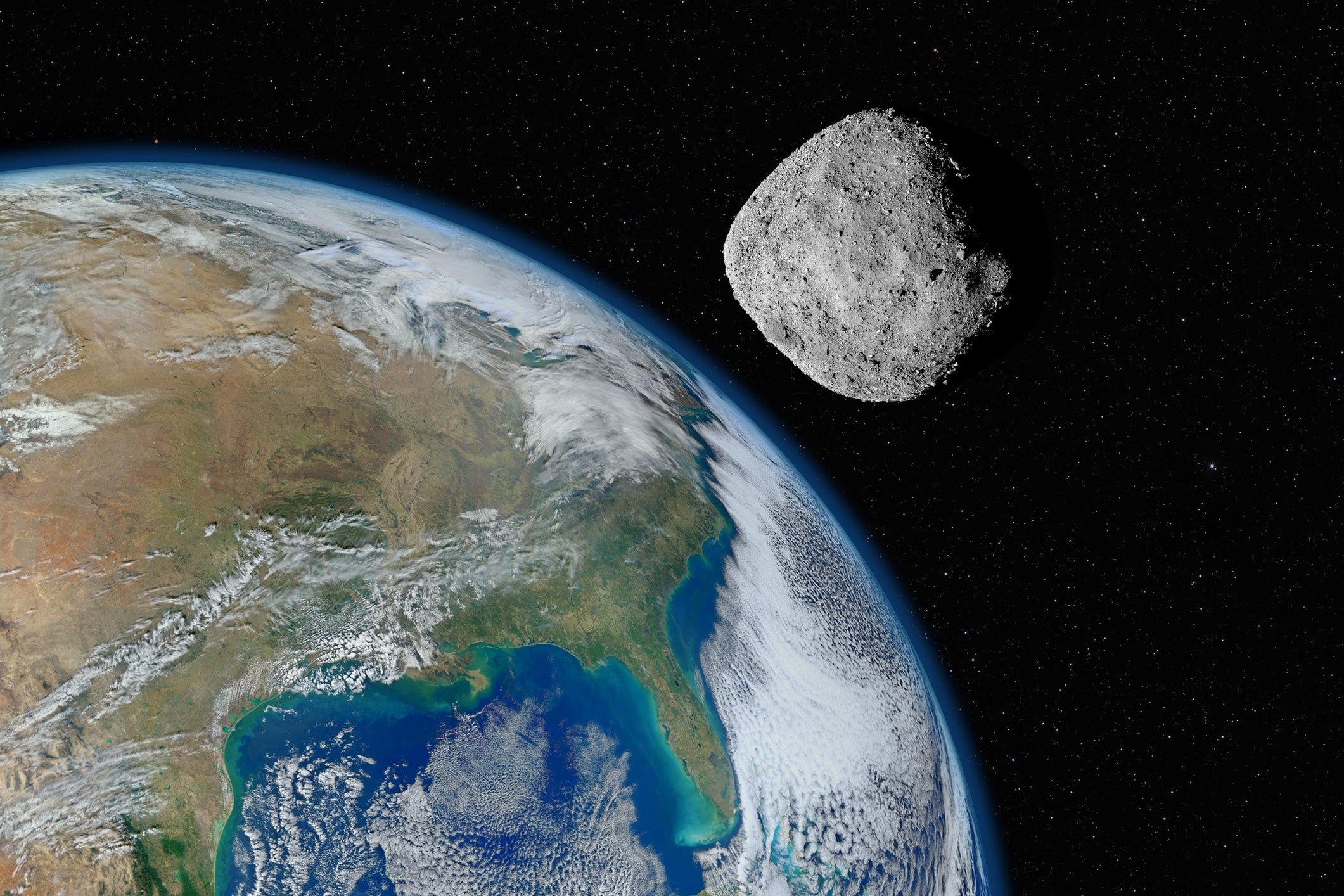‘Potentially hazardous’ asteroid the size of a skyscraper flying past Earth

Your support helps us to tell the story
From reproductive rights to climate change to Big Tech, The Independent is on the ground when the story is developing. Whether it's investigating the financials of Elon Musk's pro-Trump PAC or producing our latest documentary, 'The A Word', which shines a light on the American women fighting for reproductive rights, we know how important it is to parse out the facts from the messaging.
At such a critical moment in US history, we need reporters on the ground. Your donation allows us to keep sending journalists to speak to both sides of the story.
The Independent is trusted by Americans across the entire political spectrum. And unlike many other quality news outlets, we choose not to lock Americans out of our reporting and analysis with paywalls. We believe quality journalism should be available to everyone, paid for by those who can afford it.
Your support makes all the difference.A “potentially hazardous” asteroid will fly past Earth, as part of a host of objects coming nearby in the current days.
But despite its classification, the object scientifically known as 2021 KT1 does not post any hazard at all, at least during this trip around our planet.
2021 KT1 will pass by at a safe distance of 4.5 million miles from Earth, much further away than the Moon is. It will make its journey at a speed of 40,000mph.
The asteroid is some 600 feet long and – as its name suggests – was discovered earlier this year.
Nasa designates any near-Earth object that is more than 492 feet in size, and comes within 4.6 million miles, as “potentially hazardous”. As such, 2021 KT1 only just comes close enough to even be given the designation.
It means that they will be tracked closely as part of the space agency’s role in cataloguing and predicting near-Earth objects, and working out plans to respond if one were at risk of colliding with Earth.
Six more asteroids will also be flying past Earth this week, though all of them are smaller than 2021 KT1. While such close encounters offer an opportunity for scare stories about the risk of collision with Earth, they also often present an opportunity for scientists to get a closer than usual look at such objects, which can reveal detailed information about other parts of the solar system.
Nasa has detailed plans for any asteroids that really do pose a danger to Earth. But a tabletop exercise performed last month suggested that they may not be adequate – the simulation of how humanity might respond ended in unavoidable disaster.



Join our commenting forum
Join thought-provoking conversations, follow other Independent readers and see their replies
Comments